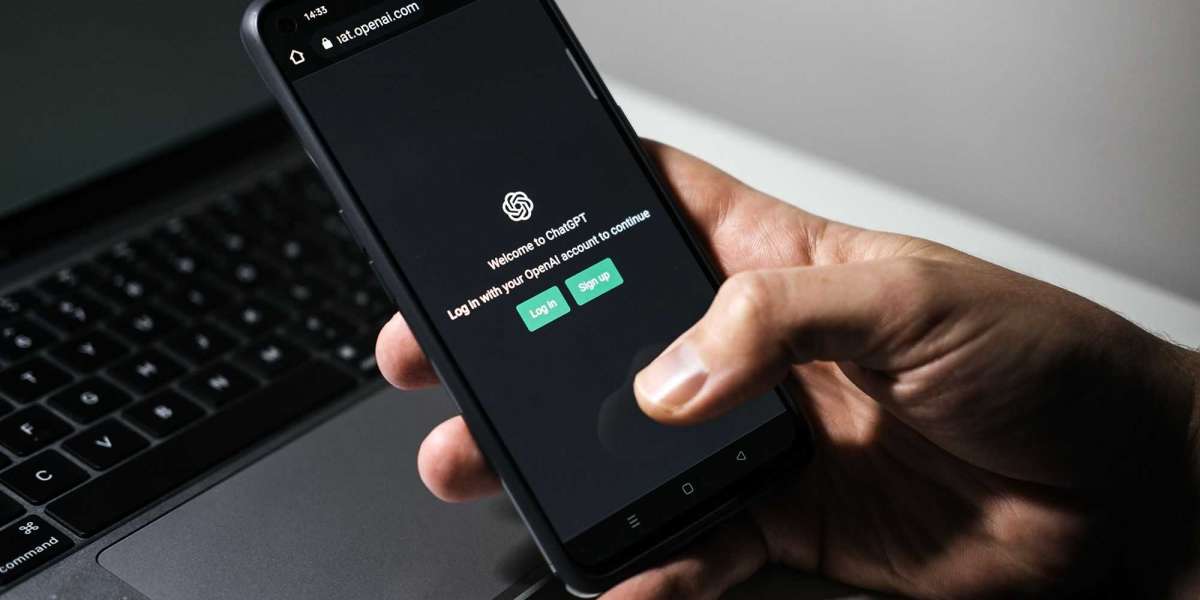In recent years, chatbots have become an integral part of many businesses' digital strategy. They allow for more efficient customer service, 24/7 availability, and personalized interactions. However, not all chatbots are created equal. Custom chatbots, built specifically for a business's unique needs and goals, can provide even greater value.
One of the most powerful tools for building custom chatbots is ChatGPT. ChatGPT is an artificial intelligence language model developed by OpenAI that uses deep learning to generate human-like responses to text inputs. Its flexibility and advanced capabilities make it an ideal choice for building custom chatbots that can handle a wide range of tasks and interactions.
In this article, we'll provide a step-by-step guide to building a custom chatbot with ChatGPT. Whether you're an experienced developer or just getting started with chatbot development, this guide will provide you with the knowledge and tools you need to create a powerful and effective custom chatbot for your business.
Step 1: Define Your Chatbot's Purpose and Goals:
Before you begin building your chatbot, it's important to define its purpose and goals. What tasks will your chatbot be responsible for? What problems will it solve for your customers? What metrics will you use to measure its success?
Take some time to brainstorm and define your chatbot's purpose and goals. This will help you stay focused and ensure that your chatbot is designed to meet the specific needs of your business and customers.
Step 2: Choose a ChatGPT Implementation:
ChatGPT can be implemented in a variety of ways, depending on your specific needs and technical expertise. Here are a few options to consider:
- Use the OpenAI API: OpenAI offers an API that allows developers to access the full power of ChatGPT. This is a great option if you have some technical expertise and want to build a custom chatbot from scratch.
- Use a ChatGPT platform: There are a number of platforms available that allow you to build custom chatbots using ChatGPT without needing to write any code. This can be a great option if you're just getting started with chatbot development or if you don't have the technical expertise to build a chatbot from scratch.
- Use a ChatGPT integration: Some chatbot platforms, such as Dialogflow, allow you to integrate ChatGPT into your chatbot. This can be a great option if you're already using a chatbot platform and want to take advantage of the advanced capabilities of ChatGPT.
Consider your technical expertise, budget, and specific needs when choosing a ChatGPT implementation.
Step 3: Collect and Organize Data:
To train your chatbot to respond to user inputs, you'll need to collect and organize data. This data can come from a variety of sources, including customer interactions, support tickets, and social media conversations.
Organize this data in a structured format that can be easily used to train your chatbot. This may involve cleaning and formatting the data, as well as identifying patterns and common themes.
Step 4: Train Your Chatbot:
Once you have your data organized, it's time to train your chatbot. This involves feeding the data into ChatGPT and using it to generate responses to user inputs.
The exact process for training your chatbot will depend on the ChatGPT implementation you choose. If you're using the OpenAI API, you'll need to write code to handle the data processing and training. If you're using a ChatGPT platform or integration, the training process may be automated or handled through a user interface.
Regardless of the implementation, it's important to test your chatbot thoroughly during the training process. This will help you identify any issues or errors that need to be addressed before deploying your chatbot.
Step 5: Deploy Your Chatbot:
Once your chatbot has been trained and thoroughly tested, it's time to deploy it. This involves integrating it into your website, app, or other digital platform and making it available to users.
The deployment process will vary depending on the ChatGPT implementation you've chosen. If you're using the OpenAI API, you'll need to integrate the API into your website or app. If you're using a ChatGPT platform or integration, the deployment process may be automated or handled through a user interface.
Step 6: Monitor and Improve Your Chatbot:
Once your chatbot is live, it's important to monitor its performance and continue to improve it over time. This involves tracking metrics such as user engagement, conversion rates, and customer satisfaction, and using this data to identify areas for improvement.
Regularly update your chatbot's training data and refine its responses to ensure that it continues to provide value to your customers. Consider incorporating user feedback and incorporating new features and capabilities as your business needs evolve.
Conclusion:
Building a custom chatbot with ChatGPT Custom Development company can be a powerful tool for improving your customer service and driving business growth. By following these six steps, you can create a custom chatbot that meets the specific needs of your business and provides value to your customers.
Remember to define your chatbot's purpose and goals, choose a ChatGPT implementation that suits your technical expertise and budget, collect and organize data, train your chatbot, deploy it, and continue to monitor and improve its performance over time. With these steps, you'll be well on your way to building a powerful and effective custom chatbot with ChatGPT.








